Equipment for xc-marathon are both important, diverse and last bot not least often costly. The same often goes for accessible advice. Personally I think that it´s not always the most expensive equipment that is best suited for everyone (including myself), or the most experienced experts that can provide the most relevant tips. For many xc-touring or -marathon skiers I think that a lot of the tips from the expertise plainly requires better form, more miles or bigger wallet than at least I can account for. Thus, choosing the most expensive and for-elite ski might both set your skiing performance and experience back (you could for instance lack the proper strength to kick your ski properly to the ground), and also avoid an investment in two more reasonable priced skis making you better prepared for varying skiing conditions.
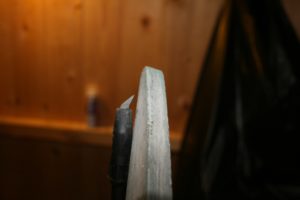
THE SKIS
Let´s start with the skis. Today´s skis are far better than I think I ever can take advantage of, technically speaking. On my own behalf, I can say that I only partially can tell the difference between my 20 years old Fischer skis, and my latest purchased skis (last 3 or 4 years). I´ve chosen 4 pairs of moderately priced skis for different conditions, including one pair of skating skis, rather than one or two pairs of premium priced skis that wouldn´t be as well suited for all kinds of conditions. Today the experts consider for instance how soft the tip of the ski is. I believe I will never notice that during a work out or competition. Also, keep in mind that if you pay clode attention to the World Cup competitions, most fo the skiers some times use 5-10 years old skis. That is because the sole of exactly that ski is unique (due to small variations during production), but the rest of the ski has to be used as well. And if the competitor is satisfied with this, so then the xc-marathon skier also should.
PS, You can read reviews of wax-less skis from Atomic and Salomon here, and Madshus´ Empower technology here.
My opinion is that it´s not that important to have the best or most expensive skis, just to get about 50 grams less weight because they have a little carbon in them. These skis are all over prepared and engineered for professional racers and demand high standards of technique, strenght and general fitness. Then I think it´s more important to have to pairs for the same price, and thus be able to more easier choose skis for exactly the conditions you will face that day. For instance will warmer conditions require a softer ski because you need better contact with the snow in order not to slip when kicking. Also, you won´t have to prepare your ski from scratch if the weather or conditions change from one exercise to the next. It´s easier to make small adjustments on the skis with dry wax, than if you have to rewax the ski all the way from basic preparation to the finishing wax for the specific day. I remember tha days before I invested in a waxing bench: I use a couple of chairs in the living room when waxing and rewaxing. It took a lot af time just to clean the floor afterwards, not to mention the waxing itself… This way you also get skis with different gliding capabilities. The sole has different structure according to the temperature of the snow. If you didn´t know, the snow actually turn to water the moment you glide over it, and the warmer the snow, the wetter/watery it gets. Then you need the right structure to avoid the ski getting sucked to the water beause a vacuum is created under the ski (almost like a tyre on your car). Finally, remember that when you get to the actual xc-competition, you don´t want to be uncertain about how to wax the skis if they aren´t suited for the accurate conditions that day. If you have lots of experience with one pair of skis according to one kind of conditions, you will feel a lot safer before start and probably have a better race too.
Another point is how the store and the producer of the skis will relate to you if you don´t feel happy with your skis. I will not go into it here, but I´ve spent hours trying to convince a store manager that the skis he selected for me was wrong, but he kept blaming my waxing skills (Finally I got the skis analysed thoroughly and proved my point to him).
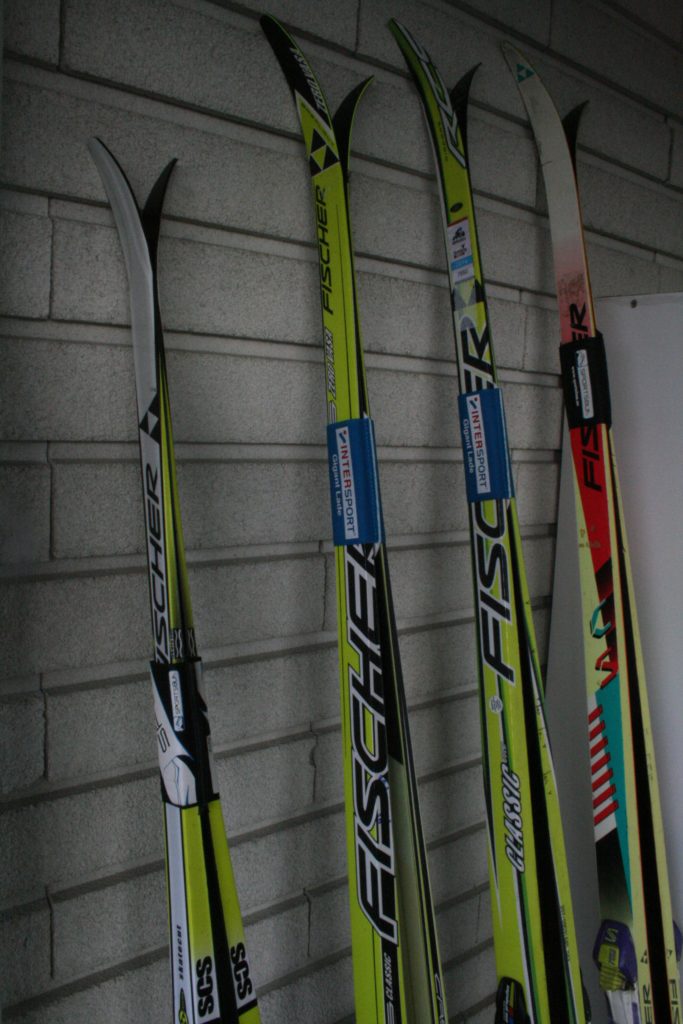
Considering the arguments above, I have ended up with four pairs of skis (see image text for details). One of the pairs, being 20 years old, are also nice to have when the first snow has fallen, but haven´t provided a good enough foundation without twigs, gravel, and the likes. The «zero» skis was a great addition. At zero degrees celcius it´s really hard to find the right wax, and the zero technology is really a progress in that sense. PS! If you choose to aquire such a pair, remember the zero spray as well (see image below).
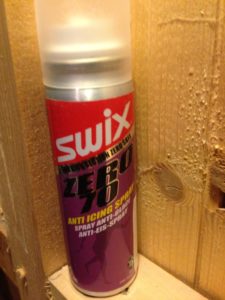
POLES
When it comes to the poles, my opinion is to a great extent in accordance with my opinions on the skis. You´ll get more than adequate poles for a fairly reasonable price. (poles are also often sold at a reduced price – pay attention!). The properties of the poles are to a great extent related to weight, strength, stiffness, pendulum (how the pole «swings» in your hand when skiing), ease fo changing basket/ferrule and last but not least the strap of the pole. Don´t give weight a lot of thought. Again, weight is only a relevant topic for world class skiers. The strength and stiffness issue has a lot to do with strong – really strong – athletes sprinting in close competition with their competitors towards the finsihing line. The poles has to withstand this force being applied to the ground. Most xc-marathon skiers don´t have to think about this. They´re not that strong, and rarely have to sprint against the finishing line. But it could be relevant of you´re a strong and heavy person. If you apply your body weight in addition to the arm and upper body push, you might accidentally break the poles. The amount of aluminum or carbon in the pole (the more the better) decides it´s strenght related to weight (as always), stiffness – but also price. Cheaper poles bend or give after to great force a little easier, but they don´t nececcarily break. They´re more like the poles of downhill alpine skiers. The can be bent and re-bent without losing it´s intended purpose/functionality. I´ve done this myself many times. And that leads me to another important point: the expensive poles have a more complex strap mechanism (see poles to the right in the image below) in order to keep you from loosing the poles out of the hand when competing («and better grip», the producers would say). The problem is that they also make you unable to use your hands for anything but holding the poles. They´re designed in a way that the pole gets almost locked into your hand, dismissing all possibilities for holding a drinking bottle, chocolate, ski wax, and so on. Could be anoying… Also, being able to easily swich baskets/ferrules is an important point. The snow conditions change, and also, you can use your winter skiing poles in the summer if you want to try roller skiing.
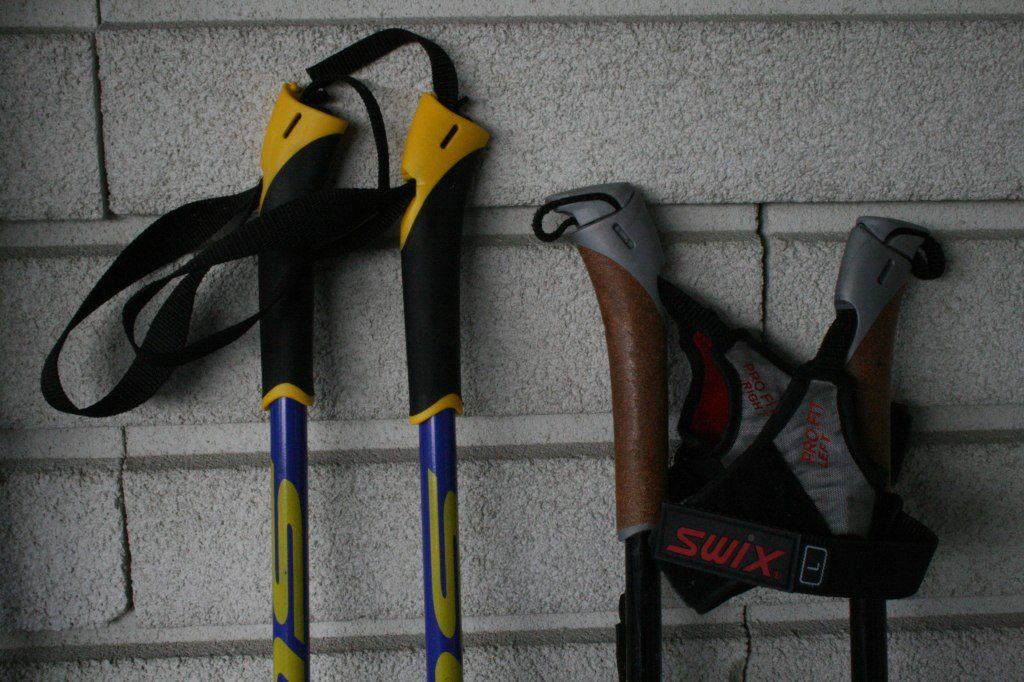
SHOES
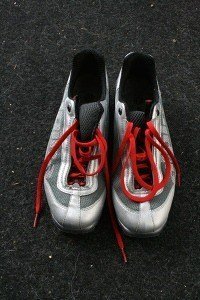
My most important experience regarding shoes is about comfort. And again, you don´t have to buy the most expensive equipment on the market. The most important thing is not to freeze in the winter, and not to get to hot in the summer (if rollerskiing). Also, blue toe nails are a common sight for skiers choosing to tight shoes. The most eager sales persons coudl in fact recommend you to ski wothout socks for best contact with the skis and snow. I´ve never tried myself and never will.. Regarding temperature; most manufacturers now takes the temperature seriously and make shoes with a dedicate cape that is supposed to keep the shoes warm (winter). During summer I actually would recommend aquiring shoes especially designed for roller skiing as your winter shoes both can get worn and torn because of gravel and dirt (that´s also why most summer shoes have laces and not zippers), and also will keep your feet very warm. They´re desgined for winter temperatures, so in these cases it´s a lot better to wear shoes designed for summer with great breathing capabilities. Also, on rollerskis size is important. On asphalt you eally want the best possible contact with the ground, so pay careful attention to what size you think you can wear. Remeber that the shoes feels a lot smaller when trying them in the store, than during use.
ROLLER SKIS
For advice on safe roller skiing, read here.
So, maybe you´ve found out you´re hevaily into nordic skiing. So much you can´t go on without in the summer. You want roller skis.
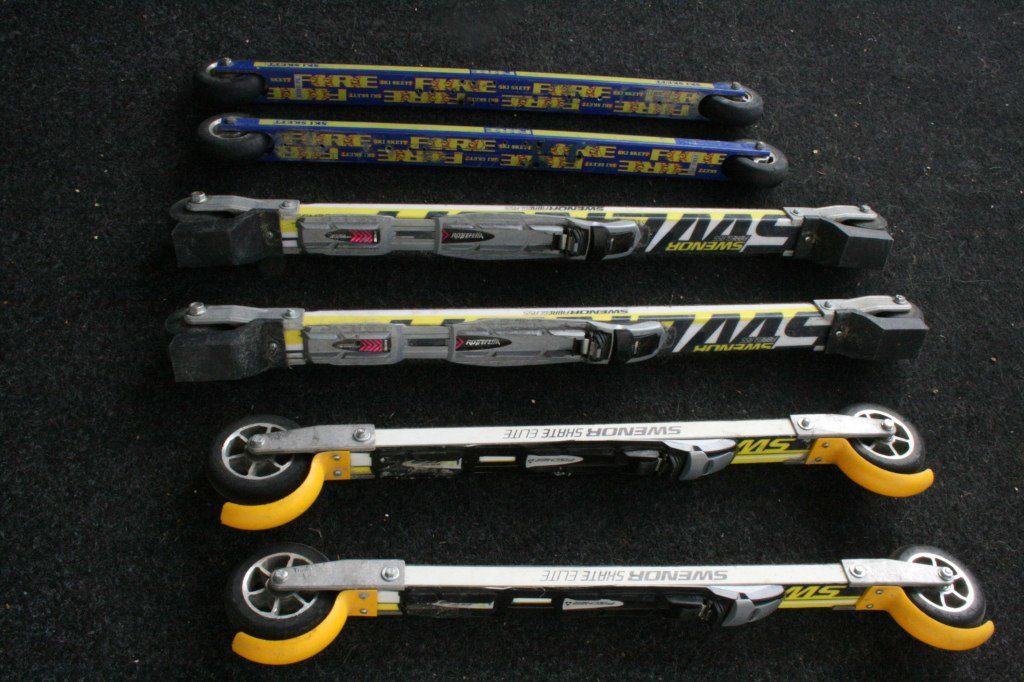
As opposed to my general advice I would highly recommend going for more expensive equipment than the cheapest alternative. I started with the ones on top in this image. I experienced to problems with them; if I got to a certain speed (typically in a hill when it´s not easy to stop), they vibrate so much it almost feels your eyes will pop out, and second, the wheels are not of good enough quality. I lost a big chunk of one wheel when going at about 40 km/h downhill. Not my most pleasant experience. The second problem was the material (aluminum) and no thought of absorbing the vibration that stems from poor (or regular) asphalt quality. If you get to a certain speed level your body, from top to toe will start shaking so much you´ll hardly see straight and also lose control over your roller skis. My two other roller skis, from Swenor (I have one pair for classic and one for skating), has an integrated wood core that impressively absorbes a lot of the vibration. They´re a whole other concept when it comes to this, so this is an opportunity to be a big spender – if you can, and feel for it.
ROLLER SKI POLES
The point with absorption is also relevant when it comes to poles. The poles with carbon absorbs some of the shock that otherwise would go into your arms when «hammering» the poles to the hard ground. Also, if your skating technique hasn´t been perfectionized, aluminum poles will swing a lot from side to side, not as they should; forward/backwards in the same direction and motion as yourself. As for me, your hands might easily get worn out by «pressing» the poles in the right direction. Lighter, more expensive poles with the before mentioned straps will help you a lot with this.
Also, the ferrules of the pole with get worn, and not stay sharp very long. Then you have to options; buy new ones for every other time you go roller skiing, or a mot more cheaper solution; a grinding stone (see image). Then you also avoid the time consuming process of changing all the time. It should also be mentioned though, that at least Swix now sells poles with ferrules that can easily be screwn on and off.
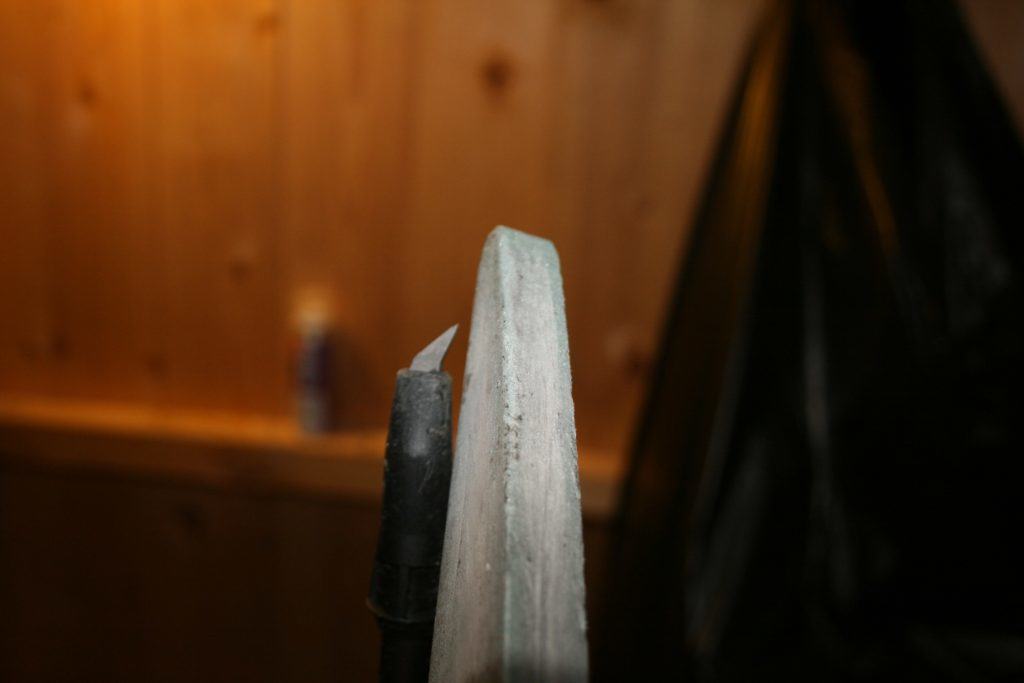
WAXING BENCH
Finally… A couple of words on waxing benches. To many they might be a little pretencious. To me they were for a long time. Until I got tired with cleaning and vacuuming the living room and living room chairs from wax and dust. Put it in the garage or hobby room and you far more easily clean up in 1 minute, being a little less ambitious… I also guarantee that everyone sharing your household would appreciate it!
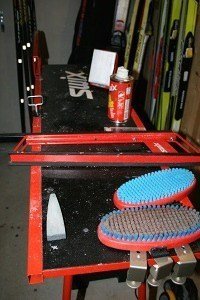
Also, a good bench allows you to fasten the skis to the bench – keeping them from bouncing all over the place when you work on them.
..So, thats hopefully some valuable advice for you, being new or maybe even somewhat experienced with skiing. But the list of advices for happy, trouble free skiing is a lot longer. Much longer than I´ll bother writing, and you bother reading. Still – if you have comments, suggestions or questions – feel free to post them below. I´ll try my best to answer myself or find an answer from anyone better suited for your question than me if needed.
Steffen.


